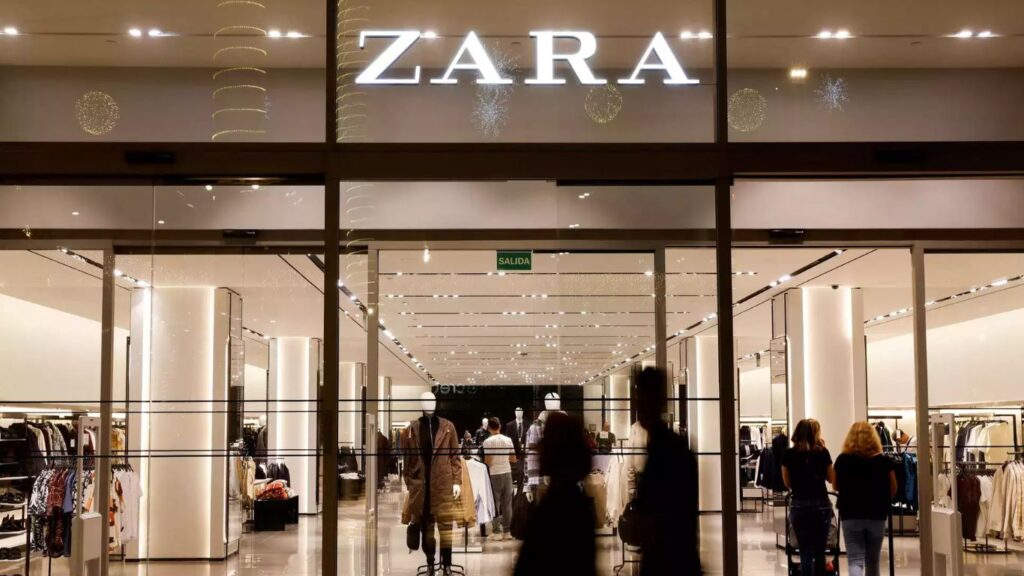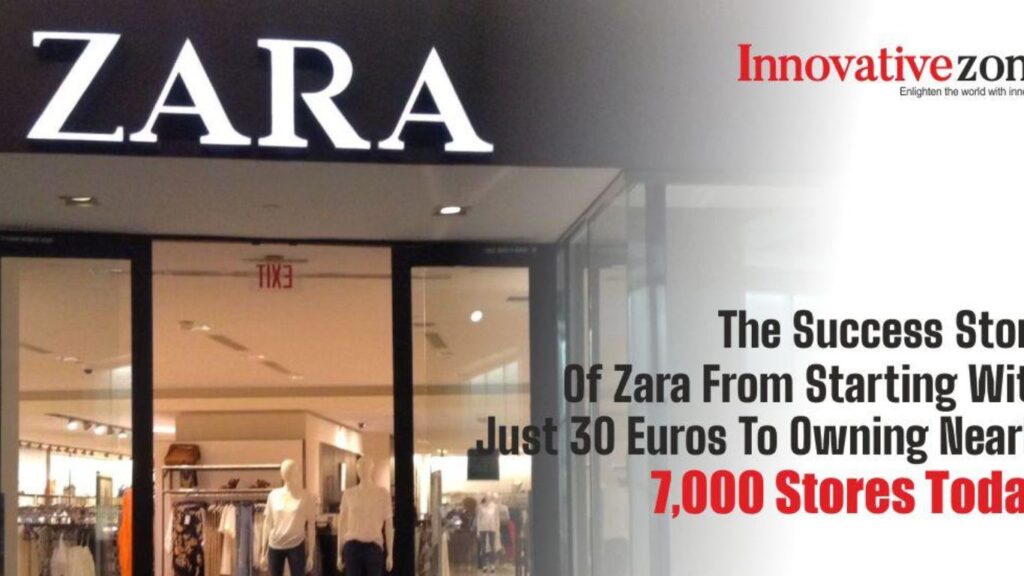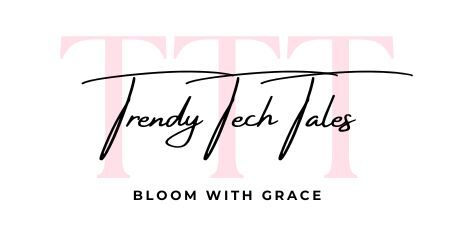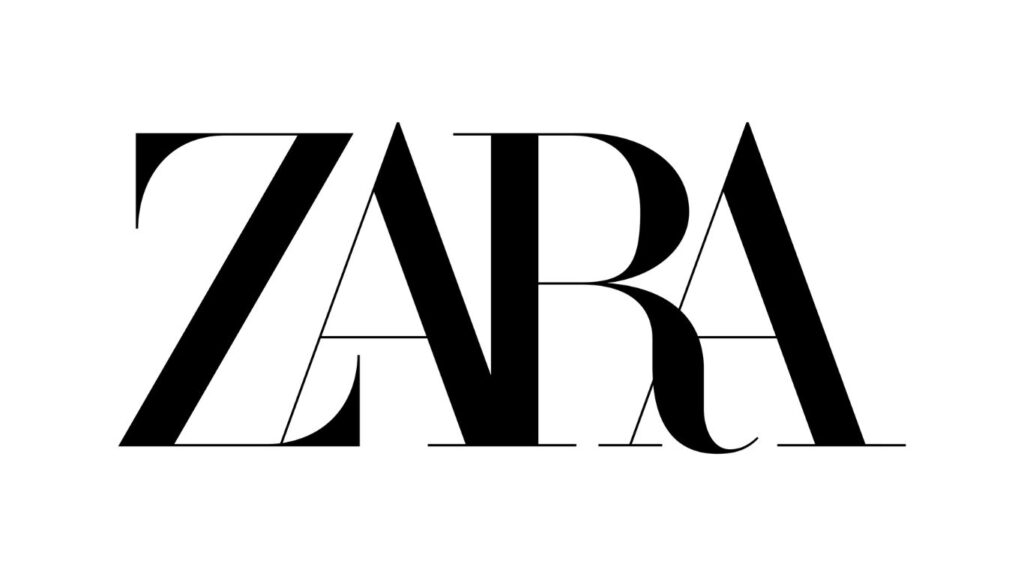Picture this: you’re strutting down the street, your outfit snatched from the glossy pages of a high-fashion magazine, but here’s the kicker—your ensemble didn’t cost you a month’s rent! Welcome to the world of Zara, where runway-ready looks meet real-world wallets. As this high street giant continues to turn heads and redefine trends, we have to wonder: is Zara blurring the lines between everyday chic and outright opulence? Could Zara really be the new face of luxury?
In a fashion landscape where the term ‘luxury’ is as mutable as the trends themselves, Zara’s rapid-fire reinterpretation of runway staples into affordable pieces raises the question: what is luxury today? Dive in as we unravel whether Zara is just dressing up for the luxury league or truly setting a new gold standard in the world of glam.
Is Zara The New Face of Luxury?
Zara’s Business Model and Market Strategy
Fast Fashion on the Fast Track
Zara isn’t just a brand; it’s a modern fashion phenomenon. As a flagship brand of the Inditex Group, one of the world’s largest apparel retailers, Zara operates on a business model that many others can only aspire to. With a unique design-to-store strategy that takes as little as two weeks, Zara makes the runway look achievable and affordable. But how does this compare to the traditional luxury fashion cycle that can take months, or even years, to move from concept to showroom?

Global Appeal, Local Tastes
Zara’s strategy is finely tuned to detect and respond to the ever-changing fashion trends across the globe. By constantly updating its collections, the brand can offer fresh designs weekly, keeping its stores exciting and customers coming back for more. In contrast, luxury brands often release only a few collections per year, focusing on exclusivity and timelessness.
The Democratization of Fashion
Fashion for All
One of Zara’s most significant impacts has been its role in democratizing fashion. Gone are the days when high-end trends were confined to the wardrobes of the wealthy and famous. Today, thanks to Zara, anyone can dress like a celebrity without breaking the bank. This ‘affordable luxury’ has not only changed how we shop but also how we view fashion.

The New Luxury?
As traditional notions of luxury are challenged by consumer demands for speed and accessibility, Zara is at the forefront, shaping a new kind of luxury—one that values immediacy and price-point accessibility. But does this shift mean that Zara can truly be considered luxury, or is it merely luxury’s faster, cheaper cousin?
Quality and Aesthetic: The Blurring Lines
Designer Looks Without the Designer Price Tag
It’s not uncommon to hear of a Zara piece being mistaken for a high-end designer item. The brand has mastered the art of capturing the essence of luxury designs and translating them into pieces that the average consumer can afford and appreciate. From sleek, minimalist looks to bold, contemporary patterns, Zara offers a variety of styles that are often compared to those seen on fashion week runways.

Collaborations and Celebrations
Occasionally, Zara steps directly into the designer realm through collaborations that bring genuine luxury to its racks. These limited-edition collections create a buzz that rivals traditional luxury brand launches, blending the lines between high street and high-end even further.
Consumer Behavior and Brand Perception
Changing Values Among Shoppers
Today’s consumers are savvier and more informed than ever before. They’re not just shopping for a label; they’re shopping for value, quality, and sustainability. This shift has influenced how brands like Zara are perceived. While not traditionally considered a luxury brand, Zara’s ability to offer on-trend fashion at a rapid pace positions it as a premium option in the eyes of many shoppers.
Perception as Pseudo-Luxury
Market studies and consumer feedback suggest that Zara is increasingly seen as a ‘pseudo-luxury’ brand—somewhere between high street and high-end. Moreover, its stores are designed with a sleek, upscale aesthetic, and its merchandise frequently mirrors the latest designer trends, further contributing to this perception. Additionally, by offering luxury-like experiences without the luxury price tag, Zara is redefining what it means to be ‘aspirational’.

Challenges Faced by Traditional Luxury Brands
The Fast Fashion Conundrum
As fast fashion speeds ahead, traditional luxury brands are feeling the pressure. The once clear-cut boundaries between high fashion and everyday apparel are blurring. Luxury brands are grappling with the need to stay relevant and accessible while maintaining the exclusivity that defines them.
Adopting New Strategies
In response, some established luxury brands are beginning to adopt tactics typical of fast fashion—increasing the frequency of their collections, engaging in high-profile collaborations, and boosting their online presence. This strategy aims to capture the attention of younger, digitally-native consumers who value both the prestige of luxury and the accessibility of fast fashion.

The Future of Fashion: Sustainability and Innovation
Sustainability: The New Indicator of Luxury
With growing concerns about the environmental impact of fast fashion, sustainability has become a hot topic. Zara has made strides in this area with initiatives aimed at reducing waste and promoting more sustainable practices. This shift towards sustainability is not just a trend; it’s becoming an indicator of true luxury. Consumers are starting to equate ethical production and sustainability with the luxury of the future.
Innovating for Tomorrow
As we look to the future, Zara’s commitment to innovation could set it apart. The brand’s investment in technology and sustainable practices might redefine not just its own identity, but the very concept of what it means to be a luxury brand. Could a commitment to the planet become as coveted as the finest silk or the most expertly crafted handbag? Only time will tell.

Endnote
As we’ve explored, Zara’s impact on the fashion industry and its challenge to traditional luxury norms are undeniable. Whether Zara is the new face of luxury or simply a bridge between high street and high-end, it’s clear that the brand is reshaping how we define and consume luxury. So, is Zara the new face of luxury? Perhaps the answer isn’t straightforward, but one thing is certain: Zara has changed the game.
What do you think? Is the democratization of fashion through brands like Zara beneficial, or does it dilute the true meaning of luxury? Join the conversation in the comments below or share this post to keep the discussion going!
Also read : The Untold Story of Top Fashion Brand : GUCCI

